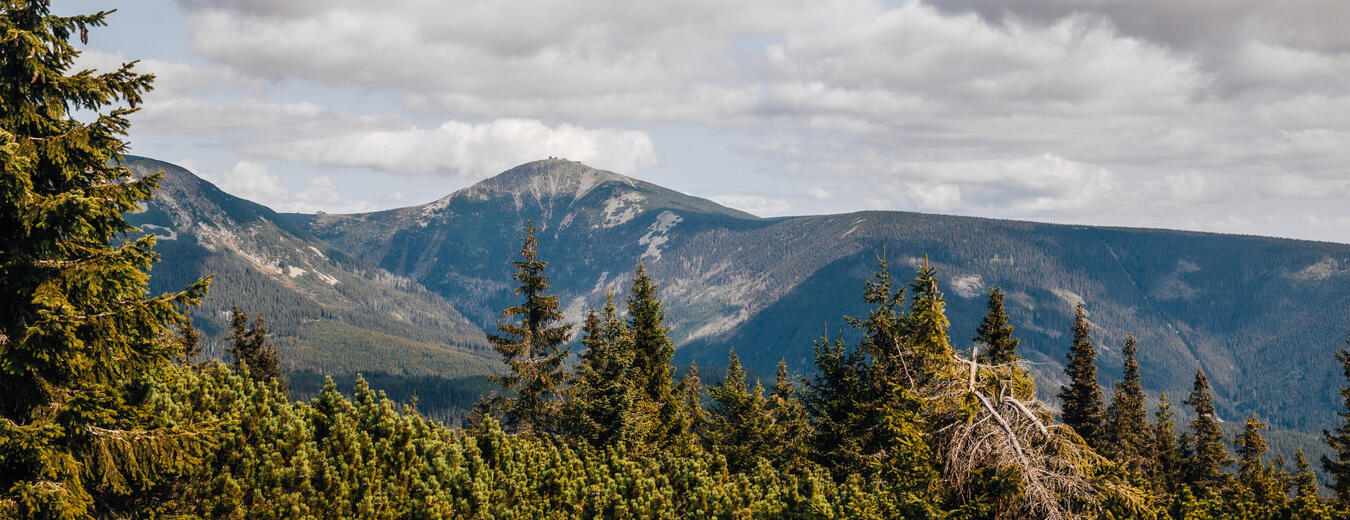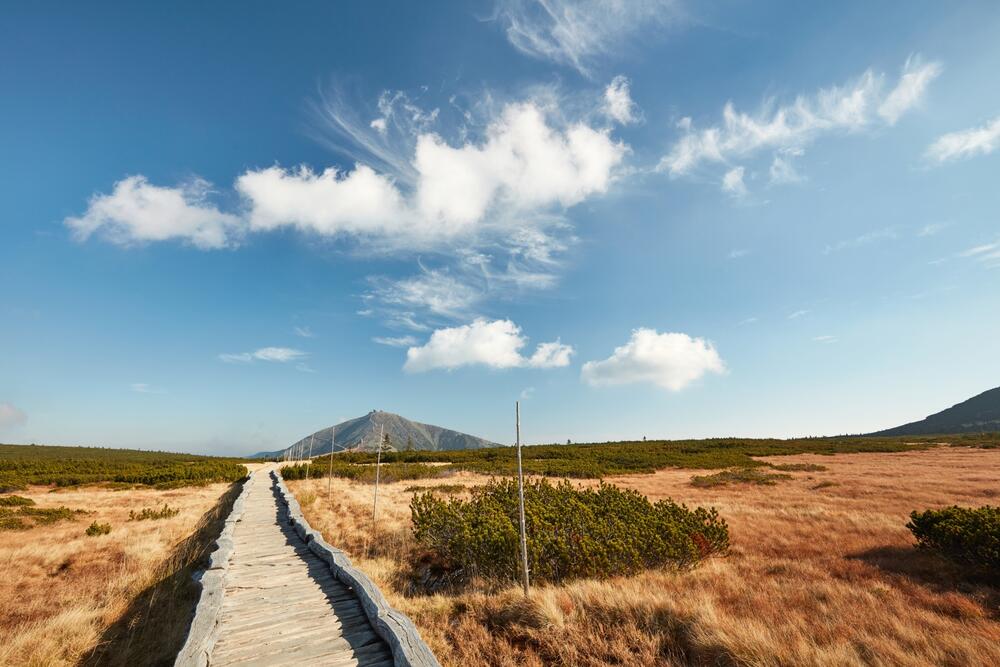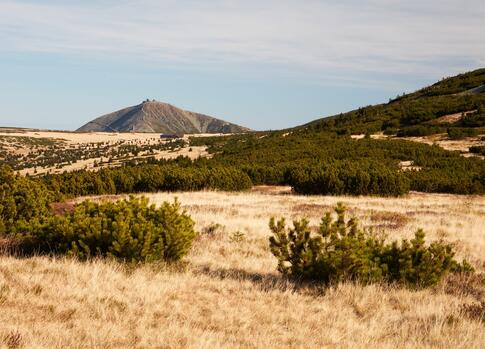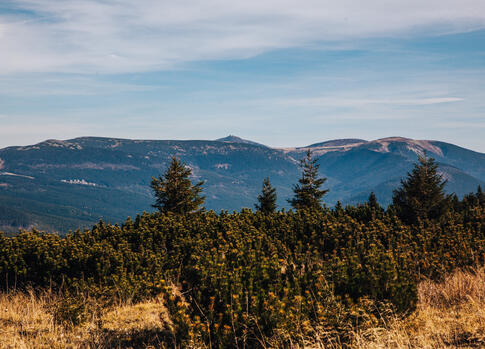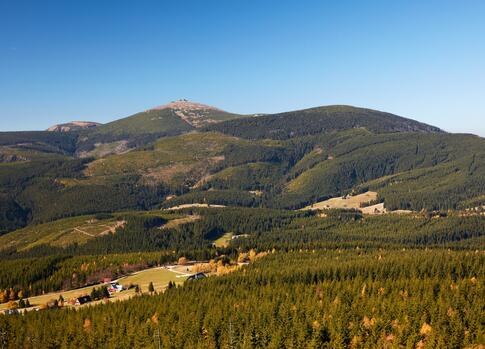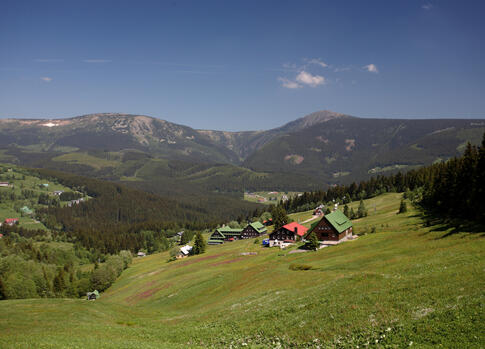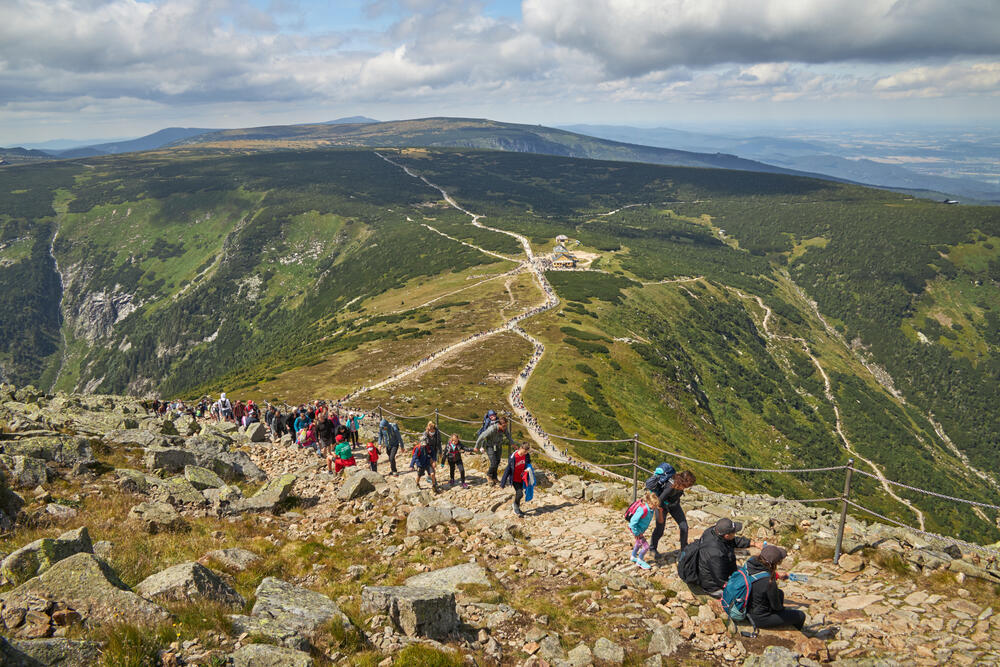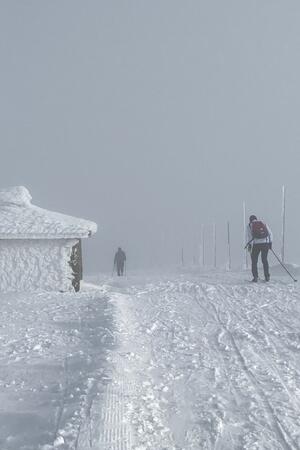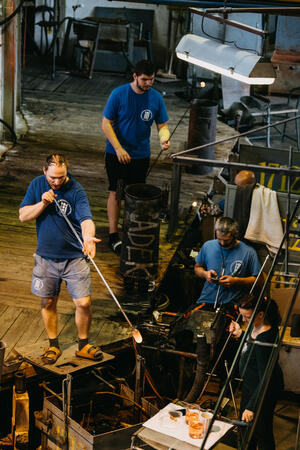Why overcrowded Snezka is a problem
The top of Snezka may look like a piece of rock, but it is actually a valuable environment sculpted in the ice ages. Even the stone rubble is an important heritage that should be left to natural processes. Alpine grasslands are home to species characteristic of the northern tundra, some of which are found nowhere else in the world. To name but a few, there is the poor man's rush and the Krkonose dandelion. On the ground on the rocks nest the pied wagtail or the mountain linnet. From a naturalist's point of view, the environment on Snezka is irreplaceable.
The highest mountain is one of the most extreme places in the country. The annual average temperature on Snezka is about 0.2 degrees Celsius, and it also receives a high amount of rain and snowfall. The cold climate means a three times shorter growing season, a time when nature on Snezka can grow, reproduce and recover from human intervention. Even every peel thrown away will take three times longer to decompose.
Just stay on the road
The overcrowded Snezka would not be such a problem if everyone stayed on the road. That's what the nets that surround it say every summer. It's difficult to imagine that even twelve thousand people take turns at its peak, an area half the size of a football field, on a holiday day. Everybody wants a nice view, a nice photo and a nice experience, and everybody runs for the net or the chain. Even if it's only a percentage of the daily visitors, that's 120 steps off the path. Such actions may mean that in some time Snezka will really be just a piece of rock.
For more information:
Alena Cejnarová, Marketing for Destination Krkonose, e-mail: acejnarova@krkonose.eu, tel.: +420 775 231 136

